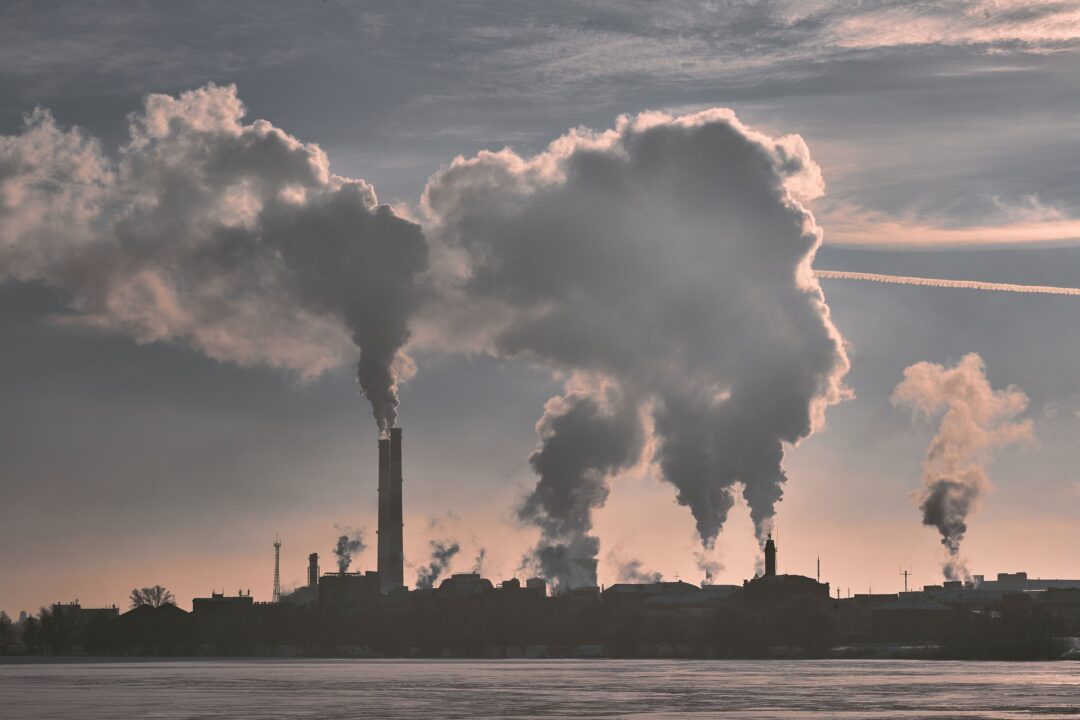
NEW DELHI: The report from the annual Air Quality Life Index (AQLI) has revealed a surprising improvement in air quality across South Asia in 2022, which contributed to a decline in global pollution levels. This unexpected change is thought to be influenced by favorable weather conditions.
Despite this improvement, South Asia remains the region with the world’s most polluted air, leading to an average loss of more than 3.5 years in life expectancy for its residents. The report highlighted that most countries around the globe either lack pollution standards or fail to meet existing ones, exposing their citizens to air quality that poses significant health risks.
Air pollution in South Asia has been on the rise for the past two decades. However, satellite data for 2022, the most recent year available, indicated an unexpected 18 per cent decrease. This decline was observed in all countries in the region except Sri Lanka, according to the report by the University of Chicago’s Energy Policy Institute (EPIC).
The report suggests that while it is challenging to pinpoint the exact reasons for the reduction in PM2.5 levels across South Asia, favourable meteorological conditions, such as above-average rainfall in 2022, may have contributed. It remains to be seen whether policy changes have also played a role, and the report stresses that continued observation, policy enforcement, and monitoring will be crucial for sustaining these reductions.
This decrease in pollution in South Asia contributed to a 9 per cent global drop in air pollution, even as other regions, such as the Middle East and North Africa, experienced a 13 per cent increase in poor air quality.
The report also highlighted the ongoing issue of insufficient air quality data in many highly polluted countries, which hampers effective policy-making and implementation. Christa Hasenkopf, director of EPIC’s Clean Air Program, noted that the lack of data often leads to a lack of attention and policy investment, creating a cycle of neglect.
To address this issue, a $1.5 million fund was launched earlier this year to finance the installation of air quality monitors that provide open data worldwide. Despite the significant impact of air pollution on human health, it received relatively little funding. In some of Africa’s most polluted nations, for example, air pollution poses a greater threat to life expectancy than HIV/AIDS, tropical diseases, malaria, or issues related to water, sanitation, and handwashing.
However, there are positive examples, such as China’s success in reducing air pollution. Since 2013, China has implemented measures like limiting the number of cars in major cities, reducing heavy industry capacity, and banning new coal plants in certain regions. These actions have reduced air pollution by 41 per cent, met national standards, and increased life expectancy by an average of two years.
Despite these achievements, pollution levels in China still exceed World Health Organisation (WHO) guidelines by more than five times, and the benefits of the measures are unevenly distributed. Air quality remains poor in several major provinces, and in some areas, pollution levels have actually increased since 2013.

